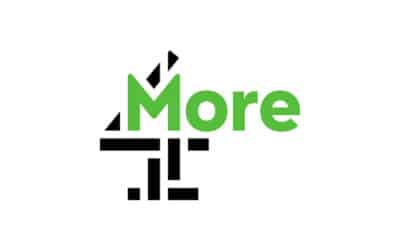With its ability to spot connections and patterns humans are unlikely to spot as well as meaningful predictions, artificial intelligence (AI) is transforming the way sales professionals operate, writes Brian Austin, director at Sandler North West.
The question is no longer whether AI will change the landscape, but how best to adapt to a new environment in which sales teams must use AI in innovative ways to compete.
Here, Austin takes things back to basics for those businesses who have yet to dip their toes into the water on AI and don’t know where to start.
Firstly, what is AI?
Too many will simply answer ‘ChatGPT’, which is the equivalent of saying “London is the UK”. Sure, ChatGPT is the most common and well known application, but it is a very small subset of overall AI and falls into a category labelled generative AI. At Sandler, we like to think of all AI as our digital co-pilot. Will it replace sales people? Absolutely not, but sales people who understand how to use AI will most definitely replace those that don’t.
The typical sales person spends 72% of their time in non-selling activities and only 28% in selling activities :
Traditionally the way CEOs and business leaders would look to create more sales would be to hire more sales people to generate more sales activity and ultimately more sales. The Sandler view is to use AI to help existing sales people become more efficient at ALL their activities moving the dial from 72% non-selling, freeing up time to focus on selling. This is achieved by:
- Automating activities that are essential to the sales role but that are seen as ‘administrative’.
- Using AI to help sellers personalise their communications and craft messaging that’s unique and relevant to each opportunity and individual.
- Treating AI tech as an aid can reduce the workload by deploying autonomous sales development reps (SDR’s) that feed leads into your CRM.
- Using real time information within AI applications to provide insights and guide sales people through their sales opportunities to close more deals, more often.
We have published a number of papers on utilising ChatGPT and various prompt templates to get useful information from the application. In essence we use ChatGPT or similar to:
- Research a prospect and their sector issues
- Discover the pain point issues for that industry and role
- Prospect competitor information
- Rewriting content to fit more closely to the prospect’s perceived personality type, analysed by AI on their Linkedin profile.
For example we use Humantic AI for buyer insights and here is an example of its output. Jeremy is our head of marketing. It quite accurately estimated his personality (extended DISC) type as “Sic”.
It’s essential that your CRM integrates effectively with various AI applications that you wish to use. At Sandler we are partnered with Hubspot and utilise its integration capabilities with AI tools to do things such as score leads, estimate probability of closing a deal and highlight what information is still needed to make the deal a higher probability of closing. This allows the sales person to focus on closing the information gaps and to prioritise their efforts in closing the deals most likely to be closed.
As many people are discovering, there are a plethora of AI tools coming onto the market. You don’t have to figure it out for yourself. By utilising some of the tools we mentioned above, sales leaders can help their sales team save 25% of their time… in other words get 25% more output in selling to prospects with your existing headcount.











